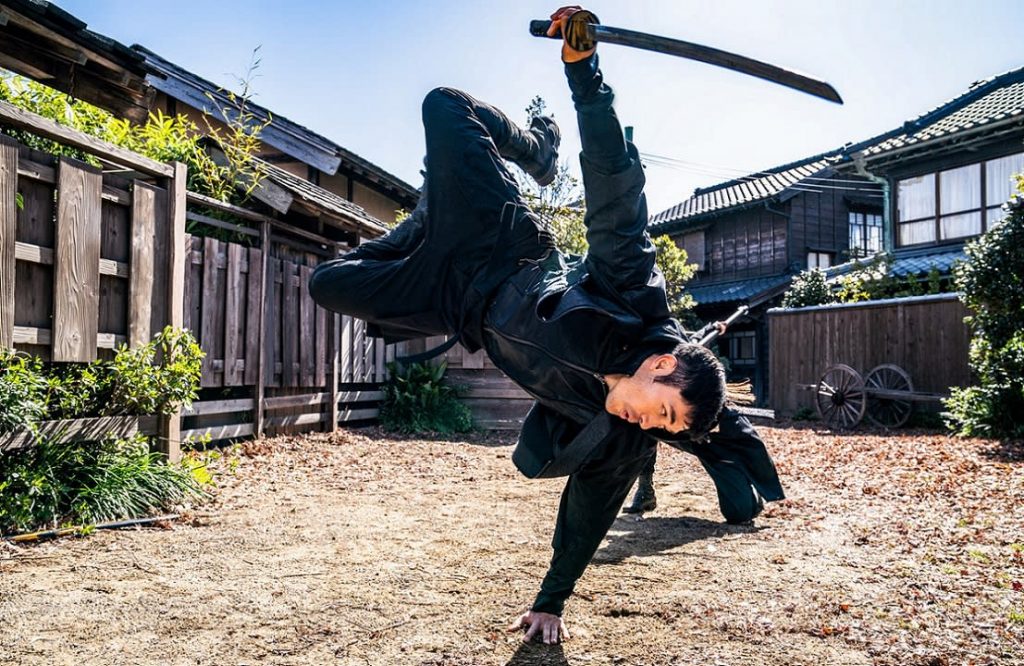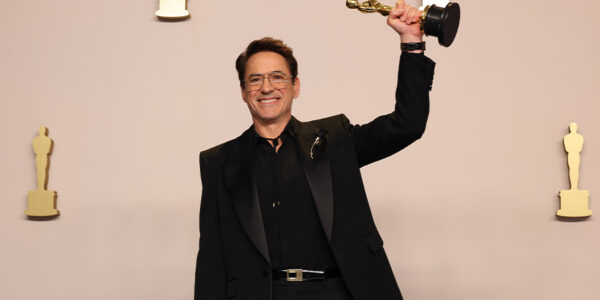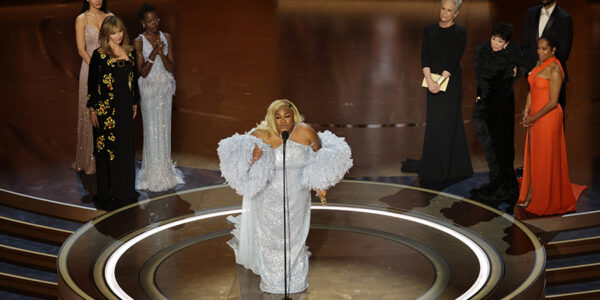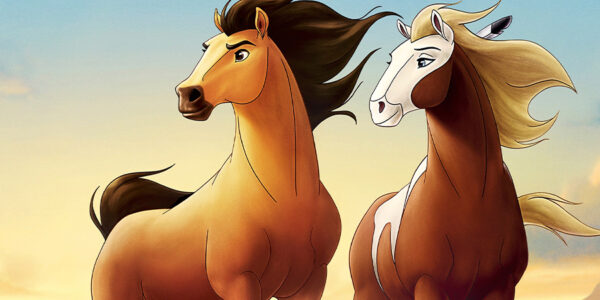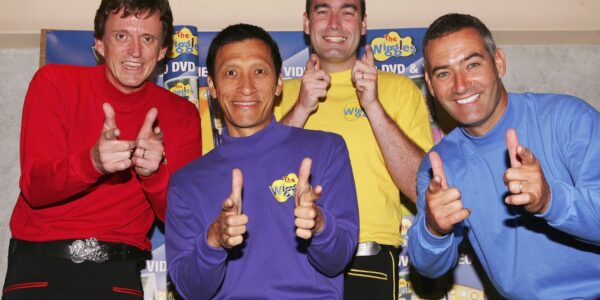Comic book legend Larry Hama spoke to The Latch about the importance of Asian representation in film and culture for the upcoming movie Snake Eyes: GI Joe Origins.
Hama, who is largely credited for the modern creation of the silent ninja warrior Snake Eyes, has responded to critics of the film who suggest that casting a British-Asian actor, Crazy Rich Asians and The Gentleman’s Henry Golding in the lead role flies in the face of the comic book legacy.
Hama served as executive producer on the film and played a large role in keeping it as thematically true to its legacy as possible while updating the story for the 21st Century.
The famous line of GI Joe Hasbro toys, introduced in the 1960s, was supported by a series of iconic Marvel comic books from the 1980s onwards which Hama worked on at Marvel during the golden era of Stan Lee.
Name a famous comic book series or character and Hama has probably had a hand in it. He’s written for The X-Men, Iron Fist, Spiderman, Batman, and Daredevil. His most famous work is however on GI Joe and the development and popularisation of Snake Eyes.
In the comic books, Snake Eyes is thought to be a white man, despite his ninja training, and Hama has said that he had to “retroactively construct” the Snake Eyes plotline, working with what Hasbro and predecessors had created.
Here he speaks on why the upcoming film will be a true reflection of his famous character, what representation of non-white characters means in superhero films, and how he never thought he would see an Asian cast leading a comic book blockbuster in his lifetime.
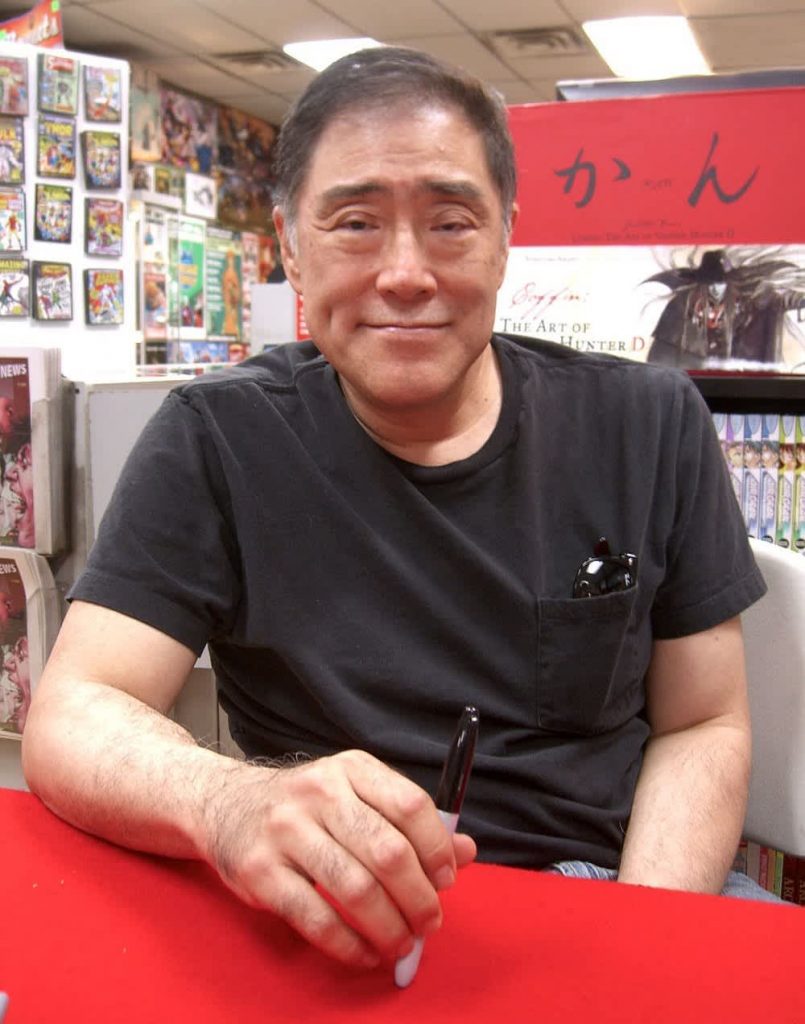
The Latch: Hi Larry, thanks for taking the time to speak with us. How important is it to you and to society to have an Asian cast fronting this film?
Larry Hama: I think it’s huge.
Painfully, this is something I was always aware of. I have been a member of the Screen Actors Guild since 1976 and the only parts that I was ever offered were bad guys.
Bad guys, thugs, waiters, medical examiners, you can run the entire gamut of all the horrible roles.
You have to understand what it was like, what it always has always been like, you know, growing up in America. With the family TV, my grandmother would come running into the other room and start shouting that there’s an Asian person on TV because it was so rare. We never saw any sort of representation.
So for me, to be making these tent pole movies with Asians in the lead is something that I never thought I’d see in my lifetime.
TL: When it was announced that Henry Golding would play Snake Eyes, there was a bit of backlash from certain sectors of the fandom. We’re you shocked by that?
LH: Oh, no, it wasn’t shocking at all. I saw that coming a mile away [laughing]. There’s a certain section sector of any fandom that’s toxic like that.
They’re the ones that objected to Samuel L Jackson playing Nick Fury. They were the ones that objected to there being a female Captain Marvel.
One of the main objections is that it’s all some sort of social justice warrior plot, or liberal plot [laughing].
These characters that they claim to have loved all these years, you know, apparently were something that they never really understood.
If they’re thinking about the Marvel Universe, that characters from the X-Men have been polluted by the liberals, then they never understood what the X-Men was about from the very get-go.
The whole concept was about others seeking acceptance, and others being discriminated against. The whole anti-mutant crusade stuff, all of that was an allegory and they never got it [laughing]
If they say the same thing about GI Joe, then they never got it either, because it was always about inclusion on all fronts.
In the first couple of years when I was writing the comic, in the early 80s, I was getting two-three hundred letters a week from kids. I noticed that maybe 20 per cent were from girls. I was totally floored that girls were reading the GI Joe comic.
A female journalist once explained that to me. She said, ‘Well, like I started getting into GI Joe because I was the youngest in a family of seven and the only girl’. Everything she owed through her entire childhood was a hand me down from her older brothers, including the toys.
She said ‘I tried reading some of my brother’s other comics, I just didn’t like them’. I said, ‘Well, what did you like about GI Joe?’ and she said, ‘Well, the female characters in GI Joe, were treated in exactly the same way as everybody else’.
They didn’t stand around with their palms nailed to their foreheads. They weren’t constantly taking showers in the X mansion. They were equal participants. And the same thing with all the other Joes.
You had, you know, African American Joes and Latino Joes all taking the forefront, being equal members of the team. That, combined with the fact that the overall fantasy of the camaraderie and the loyalty, is a powerful fantasy for that age group.
TL: You’ve written online that casting Henry Golding ‘makes it all right’. Is this a depiction of Snake Eyes as you always feel he should have been?
LH: Well, no but first of all, you have to understand that almost all of GI Joe has always been ret conned, you know, retroactive continuity, since the very offset. I just kept changing it as I went along.
When Hasbro introduced Storm Shadow, I think in the second or third year, he was the only Asian character in the entire universe, and he was a bad guy. So I deliberately decided to make him over into a good guy over the course of the next six months to a year.
At that time, Snake Eyes was more of a commando. He didn’t have a sword, there was no mention of a ninja background. So when they introduced Storm Shadow, I saw this as an opportunity and a way to highlight their relationship. Their eventual antagonism resulted from bonds of strong friendship, they’re sort of blood brothers. Then then you throw Scarlett into the mix and you get a really interesting combination.
TL: So it’s always been an evolving and changing narrative that doesn’t necessarily have to be one way or the other?
LH: Yeah because I had to deal with what I had to work with.
It never really struck me until I got invited to San Diego for the big Comic-Con. I was doing a panel and this Asian kid at the back of the auditorium raises his hand to ask a question and said, ‘So tell me, Mr Hama, why is the most badass ninja in the entire world some white guy?’ [laughing].
I was floored! I didn’t know how to answer him. I thought, you know, there seemed to be almost no way to fix that within the comic context.
Really, in all these things the continuities diverge. There’s definitely differences between the Marvel cinematic universe and the comics and major differences between the continuity of the comics, the animated shows, and the live-action movies.
They’re held together by the consistency of the core characters. The characters are very consistent in all of the iterations because I put a lot of work into really nailing them. I wrote file cards. There was no question as to what that person was like because you had a dossier to refer to [laughing].
If you really lay down these characters, as solidly as possible, so they’re like flesh and blood, and you can step into their shoes and walk around in their shoes, then you’re pulling people into this alternate reality that they like to be in. That’s, that’s the most important thing.
TL: Finally, people have drawn parallels between Snake Eyes and Black Panther, and we know how important that film was for the representation of Black people in superhero films. Would you say that’s an appropriate comparison?
LH: Oh, yeah. I mean, you know, it’s not an exact parallel but there is definitely a parallel there. A lot of the Asian actors that I know are reacting to it the same way.
Snake Eyes: G.I. Joe Origins is in Hoyts cinemas from July 22.
Read more stories from The Latch and subscribe to our email newsletter.


